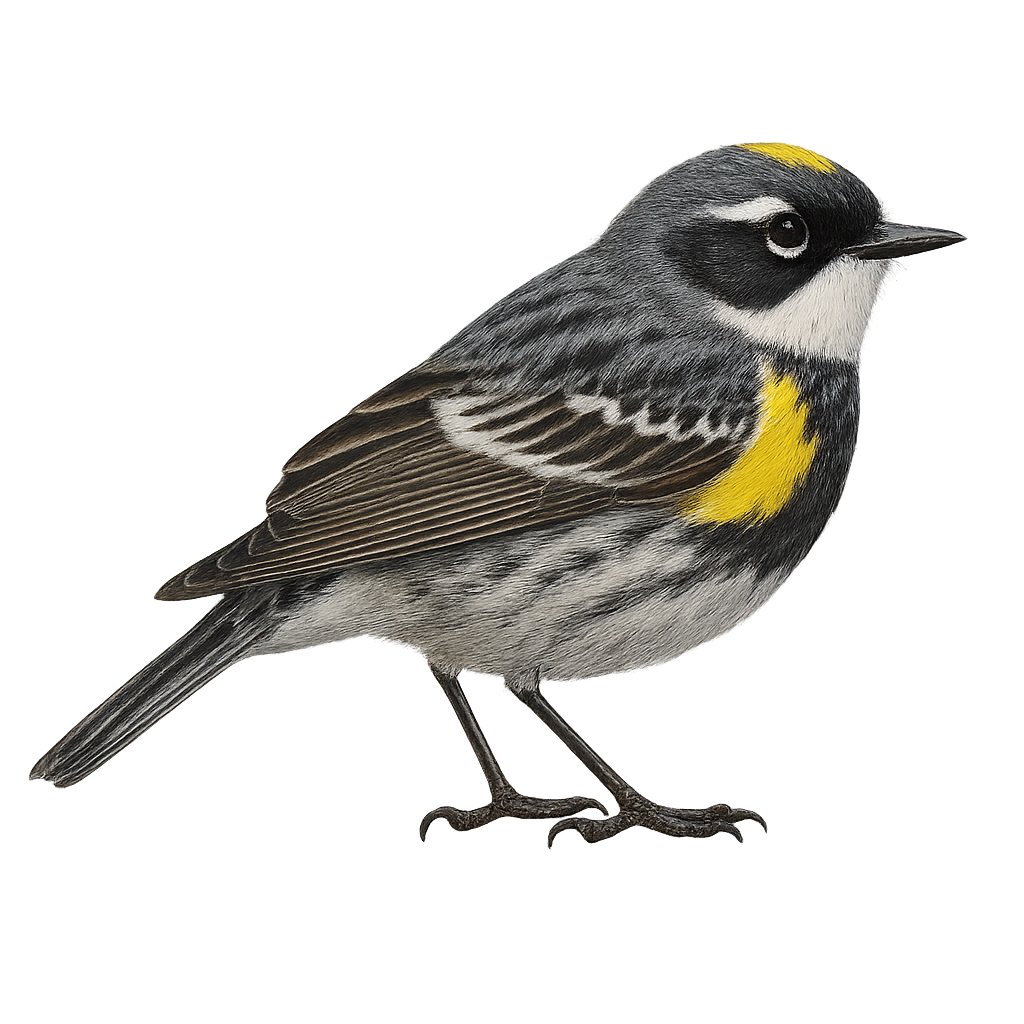Your wildlife photography guide.
Explore the yellow-rumped warbler in detail, study its behavior, prepare your shots.
Where to observe and photograph the yellow-rumped warbler in the wild
Learn where and when to spot the yellow-rumped warbler in the wild, how to identify the species based on distinctive features, and what natural environments it inhabits. The WildlifePhotographer app offers tailored photography tips that reflect the yellow-rumped warbler’s behavior, helping you capture better wildlife images. Explore the full species profile for key information including description, habitat, active periods, and approach techniques.
Yellow-rumped Warbler
Scientific name: Setophaga coronata

IUCN Status: Least Concern
Family: PARULIDAE
Group: Birds
Sensitivity to human approach: Suspicious
Minimum approach distance: 5 m
Courtship display: May to June
Incubation: 12-14 jours
Hatchings: May to June
Habitat:
Coniferous forests, mixed woodlands, shrubby areas
Activity period :
Primarily active during the day, with peak activity in the morning and late afternoon.
Identification and description:
The Yellow-rumped Warbler, Setophaga coronata, is a small songbird belonging to the Parulidae family. Easily identifiable by its bright yellow rump, this feature gives the bird its name. Males display a striking blue-gray plumage with black markings and white flanks, while females and juveniles are duller. Widely distributed across North America, this migratory species breeds in the boreal forests of Canada and winters in the temperate regions of the United States and Mexico. It inhabits various environments, including coniferous forests, mixed woodlands, and shrubby areas. Primarily insectivorous, it feeds on small insects and spiders, but also consumes berries, especially in winter.
Recommended lens:
400 mm – adjust based on distance, desired framing (portrait or habitat), and approach conditions.
Photography tips:
To photograph the Yellow-rumped Warbler, opt for sunny mornings when the bird is most active. Use a telephoto lens of at least 400mm to capture precise details without disturbing the bird. Look for areas where warblers feed, such as forest edges or berry bushes. Be patient and discreet, as these birds can be suspicious. A tripod can be helpful to stabilize your camera, especially if using slower shutter speeds.
The WildlifePhotographer App is coming soon!
Be the first to explore the best nature spots, track rutting seasons, log your observations, and observe more wildlife.
Already 1 431 wildlife lovers subscribed worldwide

